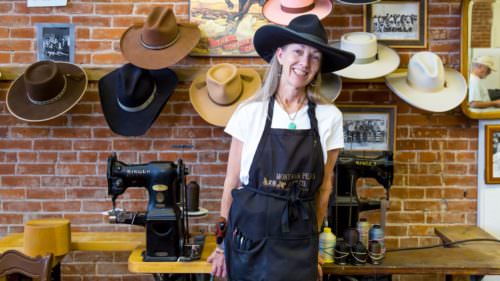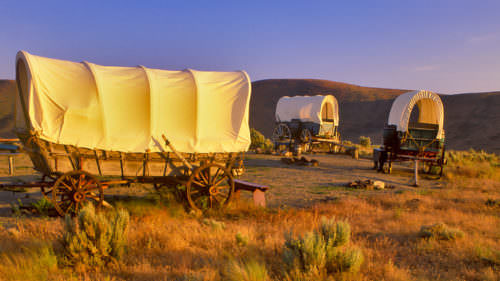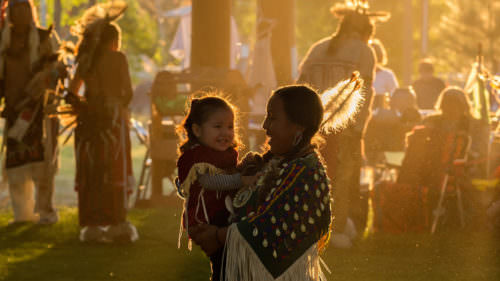Few words sufficiently describe the grandeur of road-tripping through Northeast Oregon, but even fewer sum up the added awe when remembering that a place is far more than the beauty of the topography — human stories are embedded in these landscapes. And you don’t really know a place like this until you know its history, peoples and cultures.
For more than 10,000 years, these lands have been home to the Walla Walla, Cayuse and Umatilla tribes — united as the Confederated Tribes of the Umatilla Indian Reservation (CTUIR) in 1855 as part of the Walla Walla Treaty. The tribes have long relied on the majestic Blue Mountains, the golden plains and the salmon-rich Columbia River for countless fruitful seasons of hunting, gathering and fishing. Today the ancestral lands — once stretching across modern Oregon and Washington — have been reduced from 6.4 million to 172,000 acres as the Umatilla Indian Reservation. Although tribal membership has dropped from a peak average of about 8,000 before European contact, enrollment is growing, and today nearly 3,000 members continue to thrive on and off the reservation near Pendleton.
So while travel narratives often focus on the visitor, centering what they see and how they see it, I took a recent trip to this corner of the state intent on listening and learning from indigenous people and stories. Here are a few ways you, too, can support this area’s original people by patronizing Native American-owned businesses and artists, and seeking out the history.
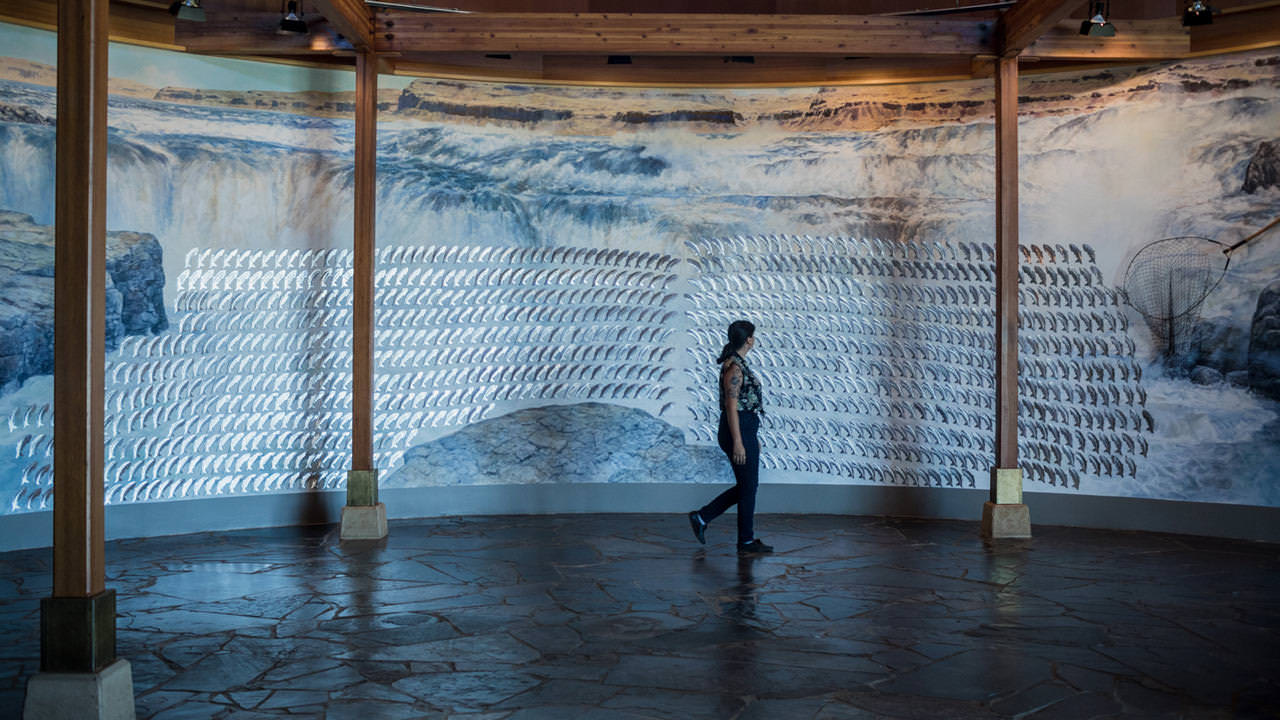
Decolonizing Oregon Trail History
The Oregon Trail, which brought hundreds of thousands of white settlers throughout the western United States, remains one of Oregon’s most prominent roles in U.S. history. Tourists and historians alike still gather to retrace stretches of the 2,000-mile route and consider what it might have been like to travel for months by oxen-pulled wagon, but the Tamástslikt Cultural Institute, located on the Umatilla Indian Reservation just 15 minutes from downtown Pendleton, remains the only tribal-run museum amplifying the history and culture of Native Americans along the Oregon Trail.
You can easily spend a full day here learning, eating, and cherishing the stories and journey of the Cayuse, Umatilla and Walla Walla tribes. Rotating and permanent exhibits and interactive displays focus on the three Plateau tribes, the preservation of traditions, the importance of caring for our ecosystem and combating stereotypes. I particularly loved settling into the cozy amphitheater-style seating, leaning back and soaking in tales told in the dim Coyote Theater, which celebrates oral storytelling and folklore.
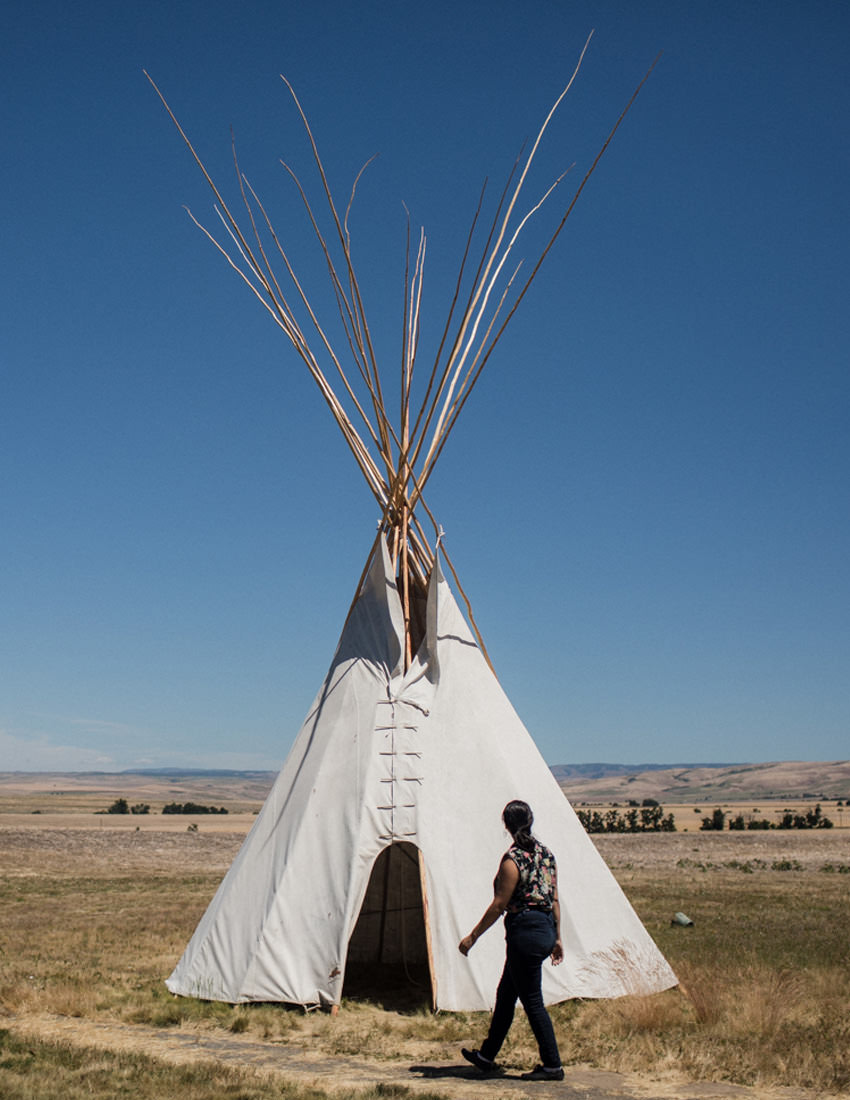
The Kinship Café serves delicious snacks and Native-inspired dishes focusing on the first foods: salmon, roots, berries, and deer and elk. Visitors can step outside to take in stunning views of the landscape, which provide the perfect backdrop to check out teepees on display, or the wildlife, which included joyfully frolicking baby deer and blackbirds flying overhead during my visit.
On your way out, head to the museum store to peruse Native American books (including the Umatilla Language Dictionary) and music, as well as jewelry, clothing and exclusive Pendleton blanket designs. There’s so much to see — thankfully, tickets to the museum are valid for two consecutive days, with free entry granted to enrolled CTUIR tribal members as well as card-carrying members of the Oregon Historical Society, Fort Walla Walla Museum and the North American Reciprocal Museum Association.
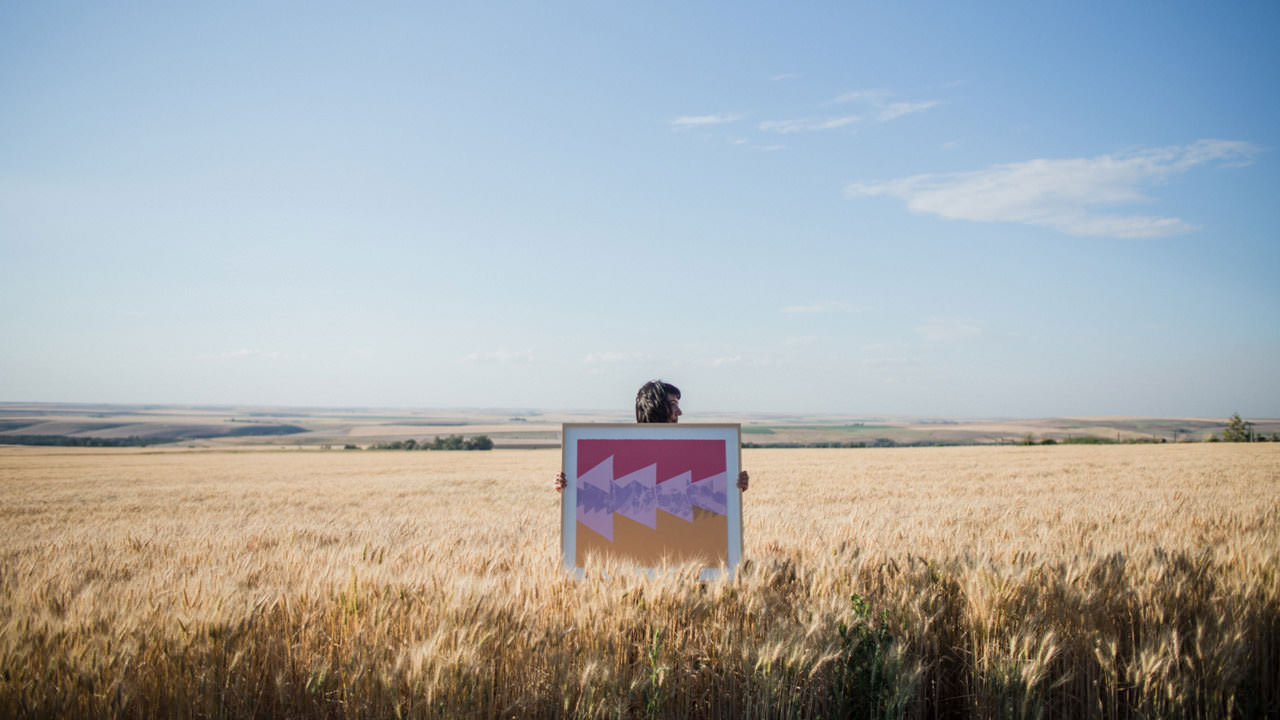
Experience Contemporary Art on the Umatilla Reservation
The road to Crow’s Shadow Institute of the Arts cuts through soaring wheat fields and a handful of the many rolling hills spread throughout the Umatilla Reservation. The peeling white paint of the repurposed Catholic schoolhouse Crow’s Shadow now inhabits may look unassuming, but inside stunning works by the current artist in residence and students of Nixya’awii Community School line the gallery walls. Students write and print words in Umatilla and Walla Walla dialects.
Crow’s Shadow is the only fine-print studio on a reservation. It was founded in 1992 by James “Jim” Lavadour (Walla Walla) and Phillip Cash Cash (Cayuse and Nez Perce). “A mission of the organization is to serve the indigenous communities,” says Nika Blasser, spokesperson for Crow’s Shadow. “[The founders were] thinking about how the artists in the area could have a more sustainable income.”
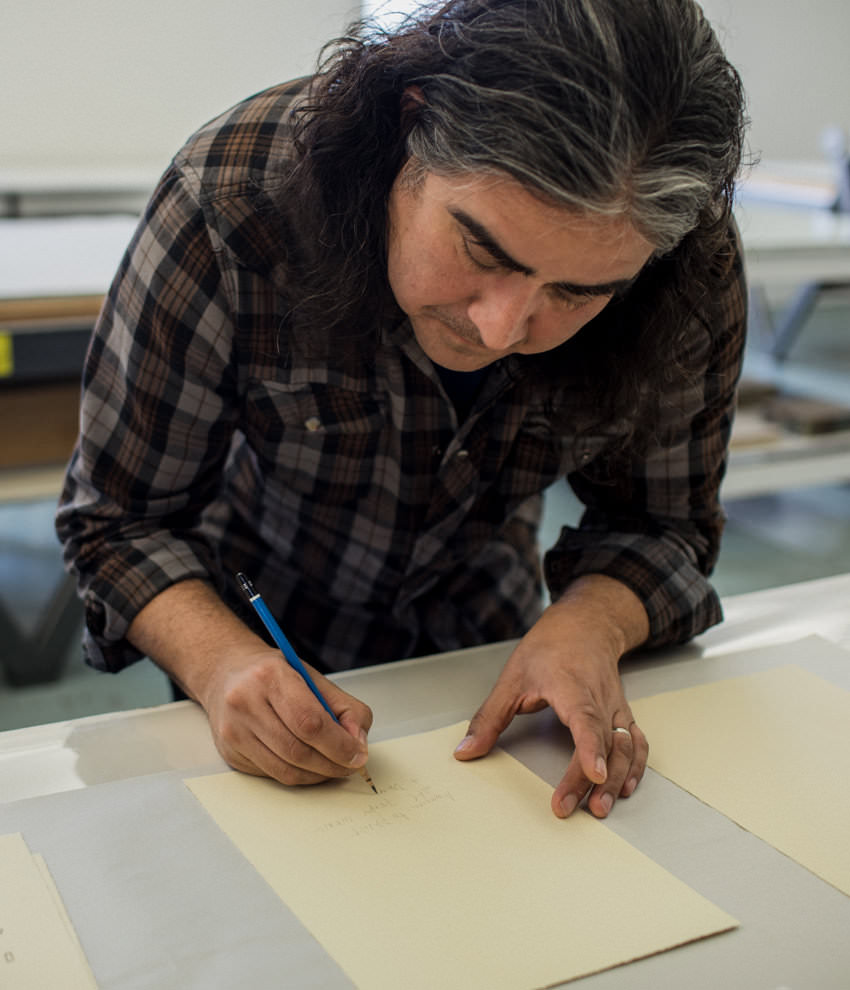
Their artist-in-residence model is unique in that invited artists are typically not printmakers, but they are supported by the master printer in executing their visions. The organization offers stipends to artists for their time and takes on the production of prints as well as the print sales. In turn, artists receive small checks as the prints sell.
“One of the things Jim Lavadour has talked about is ‘bringing the reservation to the world and the world to the reservation,’” says Blasser, describing some of their creative exchange programs, such as introducing regional high school students to visiting artists.
Visitors to Crow’s Shadow can browse prints for sale and attend artist talks and receptions, printmaking retreats and workshops, and more. They’re open Monday through Friday from 9 a.m. to 5 p.m. Check the calendar for special events and workshops, and you can donate to the nonprofit institute here.
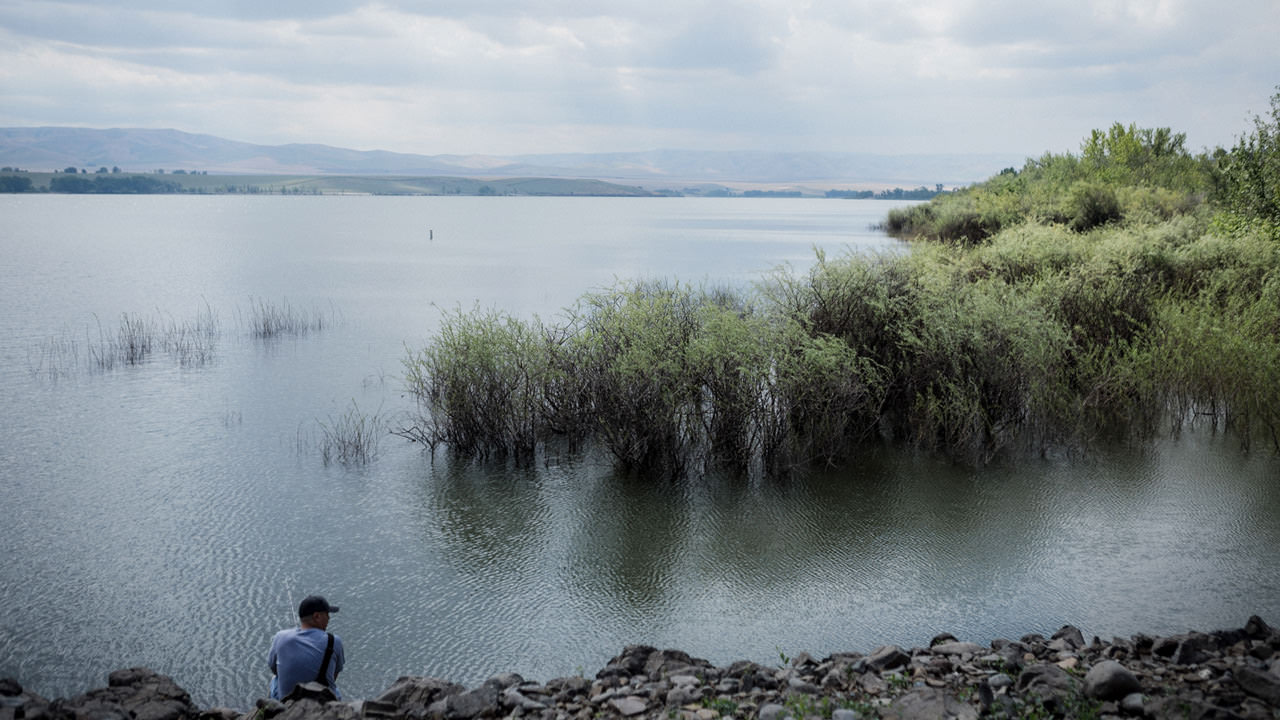
Cast a Line and Celebrate Sacred Sources of Sustenance
Salmon are integral to the Pacific Northwest ecosystem and to Native American tribes that have continued to hold ceremonies and traditions honoring this sacred source of sustenance. Along the Columbia River basin, chinook salmon were once extinct for the better half of a century (nearly 80 years) until the Columbia River Inter-Tribal Fish Commission banded together to successfully reintroduce chinook salmon and continue vital work in fish habitat and run restoration, managing tribal treaty fishing rights, and providing services directly to fishers.
The reservoir at McKay Creek National Wildlife Refuge, located near Pendleton, is a popular fishing and swimming hole for Native families and newcomers alike. The dam’s edge provides the perfect place to easily get in and out of the water, and there aren’t many sharp rocks, so you don’t need water shoes.
During my visit, I caught the tail end of an annual kids’ fishing contest at the southwestern edge of McKay Dam, held on a Saturday near the end of June. “She’s been fishing since the age of three,” Ron Wiseman proudly says of his daughter, Tiffany, who is now 10 years old. She holds up a chain of hooked perch, clearly leading the competition. Wiseman tells me their raptor at home is partial to McKay reservoir perch.
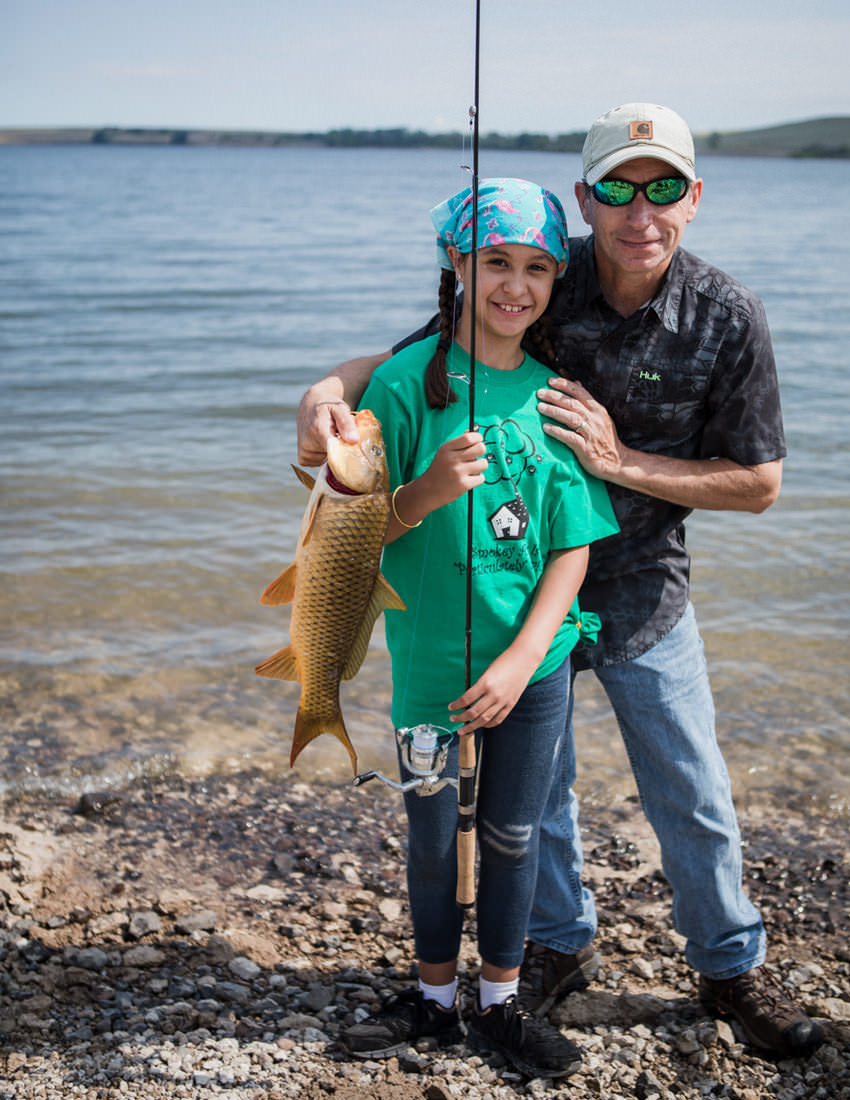
About an hour’s drive away, Indian Lake (Lake Hiyúumptipin), managed by CTUIR, hosts the Indian Lake Fish Derby, a weekend-long fishing tournament typically held the day before Father’s Day . The 43-site campground is open May 1 through September 30 with day-use passes starting at $2. Rainbow trout are stocked annually, and a CTUIR fishing permit is required, which can be purchased at Indian Lake or ahead of time at Mission Market on the reservation. Only upland game bird and waterfowl hunting are permitted for non-Native hunters with a permit. The lake is excellent for boating, and the beach at Indian Lake is a nice place for a post-fishing picnic.
Note that steelhead fishing is closed through Dec. 31, 2021 on the lower Deschutes River and other Columbia River tributaries. Read up on what to know about steelhead fishing in Oregon as you plan your trip.

Feast at These Delicious Native-Owned Restaurants
In downtown Pendleton, the gorgeous Sundown Bar & Grill has served patrons since 1991 in a historic Queen Anne-style home built in 1876 and once owned by Roy Raley, first president of the Pendleton Round-Up.
“We used to have a restaurant at the [Eastern Oregon Regional Airport], but we wanted a home to make into a restaurant,” says Raphael Hoffman (Nez Perce) as she gives me a tour of the colossal grounds, including a restaurant, dog-friendly patio and living quarters upstairs, where she and her husband, known to friends as “Chef Rob,” lived together until he passed away in 2018. He designed the menu, which features house specialties such as sauteed mushrooms in sour cream and sherry, a 16-hour smoked brisket, silky fettuccine dishes and decadent jars of huckleberry creme brulee.
The restaurant, originally called Raphael’s Restaurant and Catering, was renamed in 2013 to honor Jackson Sundown, a Nez Perce Native, Pendleton Round-Up’s 1916 World Champion Bronc Rider (at 53 years old!), and Hoffman’s relative. A large portrait of his image hangs near the restrooms. Read more about Sundown and other Pendleton pioneers. Dozens of original works by Native artists like Ric Gendron and James Lavadour hang in the dining room, alongside such relics as a photograph of flowing Celilo Falls, a gathering place and chief fishing site for Plateau tribes for thousands of years until it disappeared as a direct result of the Dalles Dam construction in 1957.
A few blocks away, Whitney Minthorn, a young CTUIR tribal member, has also recently gone into the restaurant business with Moe Soeun. The pair met while working together at the Wildhorse Resort & Casino and decided to start Moe Pho Noodles & Cafe. Enjoy heaping bowls of hot pho with plenty of toppings like sliced jalapeno, mint leaves and chili paste to dress it up to your liking. Fresh salad rolls double as tasty appetizers and palate cleansers, and plenty of menu combos mean you can try a sampling of dishes. Make sure to order Vietnamese iced coffee and boba teas for the road.
